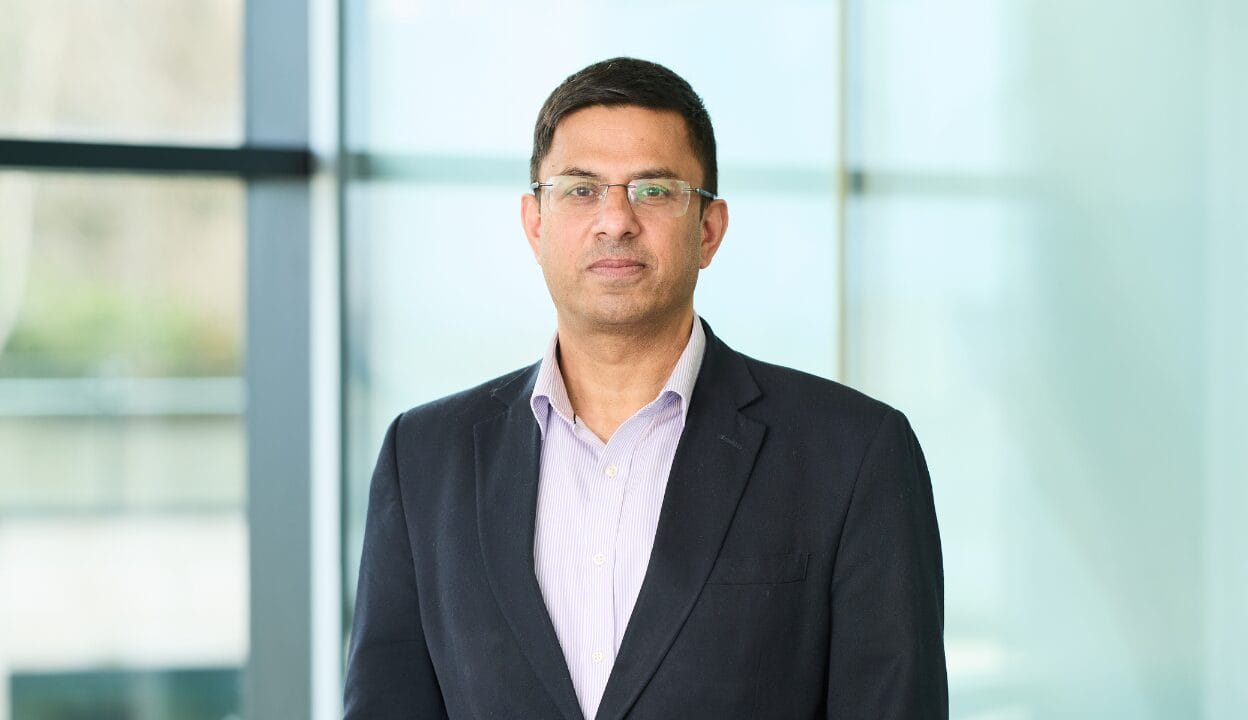While some pension funds still mull the pros and cons of factor-based investment, AP1, the SEK323 billion ($38.5 billion) Swedish buffer fund, is forging ahead. It is about to launch a new approach combining leverage and risk-factor investment in what chief investment officer Mikael Angberg says will be a milestone in the fund’s ability to truly diversify.
Like other Nordic investors, the AP Funds were early pioneers of factor investment, to create more exact and balanced portfolios.
“We’ve been working with a factor approach in parallel with a traditional asset-based approach for a long time,” Angberg says, in an interview from AP1’s Stockholm offices.
Now a strategy to “build it out” and make factor investment “more broad and efficient”, will lead to the fund applying leverage in the form of derivatives backed by liquid assets, to increase factor exposure in multi-asset trend and momentum strategies.
“Trend and momentum factors tend to have a significant impact on the fund’s Sharpe Ratio when we face drawdowns and downturns,” Angberg explains. “We have done a great deal of theoretical work and have run test portfolios with small money but real values. Now we are ready to start [putting tranches] into this strategy.”
Although the fund will “just dip its toe” initially, Angberg hopes the strategy will ultimately set AP1 apart from its sister buffer funds.
“The other AP Funds use derivatives and leverage to some extent, but our ambition is to raise the bar and end up somewhere none of the others have been. We’ve always used leverage, now we are ready to grab hold of it and make it a focus area.”
He anticipates that leverage will initially apply to a notional value of 5 per cent of AP1’s assets under management, but could be eventually rolled out to a notional value of 30 per cent, applying it to a raft of other factors and asset classes.
“The menu is broad with respect to what we could do with leverage, but at this stage we have identified these two factors [trend and momentum] because it makes a lot of sense in terms of shaping the distribution of outcomes for the fund as a whole,” he says. “Going forward, we could also potentially lever nominal and inflation-linked bonds to create a more balanced risk exposure with respect to interest rate and inflation risk, balancing that against equity risk. Where we end up longer term is still a conversation we are having internally and with the board, but I think it is theoretically possible for institutions like” this one to do much more because they have the capability and professionals to handle derivative management and leverage risk management.
Along with increased diversification, the benefits of the strategy include a reduction in reliance on equity risk premium and a limited cost of carry. But what are the risks?
“A lot of people who are not familiar with it see leverage as a risk in itself, but it isn’t,” Angberg says. “It is simply a tool to dial up or down risk in other assets or factors.”
He does realise, however, that dealing in derivatives can sound alarm bells along particular points of the risk spectrum; it brings operational risk, counterparty risk and liquidity risk – all manageable if you know what you are doing.
“The requirements to focus on these areas go up with increased use of leverage through derivatives,” he says. “It requires having systems, processes and resources in place to handle these risks. The global landscape is not homogenous and most institutional investors tend not to use leverage, but I happen to think that in a modern, efficient portfolio, it can be a powerful tool if you know how to handle the risk.”
The strategy promises a shake-up in AP1’s 4.4 per cent allocation to hedge funds, constructed with a focus on commodity trading advisers and trend-following strategies. This will solve an enduring problem.
AP1 finances its hedge fund portfolio by selling equity, a costly strategy when equity markets are so strong and hedge funds have struggled (although Angberg defends their performance). By using leverage to create factor exposure to the momentum and trend strategies it needs, AP1 can change its hedge fund allocation to prioritise other areas.
“There have been some blips along the curve, but it’s not been the environment where we would expect these factor exposures or strategies to really shine,” Angberg says. “The theoretical construction of our hedge fund portfolio has been spot on, the main problem was funding hedge funds by selling equity.
“We will now focus on absolute return and are building a strategy to find uncorrelated, idiosyncratic returns. It could be in alternative credit, it could be in equity long/short or insurance linked. It will add alpha, or just a return on top of our overall portfolio.”
Other factors in other asset classes
Angberg is developing the factor approach further in other areas, too. In equity, where he favours value, quality and low volatility, the fund recently invested $250 million with London-based Osmosis Investment Management, targeting both low volatility and resource-efficient stocks. This is a challenging combination, given that low-volatility companies like utilities are often the most environmentally challenged. The allocation is part of the systematic strategies portfolio that sits alongside the main equity allocation and accounts for 4.4 per cent of net assets.
“We looked at a combination of factors in equity that are attractive, and low volatility was one of them, but we realised it would load heavily on” companies without positive environmental, social and governance (ESG) characteristics, Angberg recalls.
“Osmosis is applying its framework on resource efficiency to the low-volatility universe. It is about trying to find the low-volatility companies that score best on carbon emissions, waste management and water treatment. When they apply these screens, utilities don’t score highly, so exposure will tilt towards other sectors. For example, you end up with exposure to sectors like consumer staples and industrials.”
Osmosis targets a return of 2 per cent above the MSCI World Developed Minimum Volatility benchmark over a market cycle, while at the same time cutting investors’ ownership of carbon, water and waste, relative to the benchmark, by more than 70 per cent.
In AP1’s main equity portfolio, which accounts for 36.6 per cent of AUM, investment is characterised by a concentrated, active strategy with ESG evaluation part and parcel of company analysis. Swedish and developed market allocations are run internally, emerging markets and small caps in developed markets are outsourced. The Swedish portfolio consists of 30 stocks and the larger developed-market portfolio consists of 80-110 companies.
It’s a strategy that requires an expert team and long-term approach, but Angberg, who has headed up investment at AP1 for the last four years, is convinced buying a few well-researched companies is much better than buying an index.
“We didn’t want to be the type of manager that speaks to the benchmark, hugging it, seeking just a little bit of outperformance,” he says. “Because we are long term, we can underperform and be patient in unlocking value. In a concentrated portfolio, you select a few companies from a large universe; it requires conviction and patience and these are the skills we represent.”
The equity portfolio returned 10 per cent in the first six months of 2017.
AP1 has a 30 per cent allocation to fixed-income – as per government regulations that it invest at least this proportion in the asset class – with the rest in a combination of real estate, private-equity funds, hedge funds, infrastructure, high yield, and an ‘other’ allocation that includes alternative beta and systemic strategies. For now, government rules also stipulate a 5 per cent maximum in unlisted assets.
One way Angberg has addressed the need to deliver a 4 per cent annual return, while holding a large fixed-income allocation amid historically low interest rates, is by developing the high-yield allocation. It now accounts for 5 per cent of assets and “sits well” in the portfolio, as it is equity-like but also has characteristics of long-term, lower-risk investments.
ESG integration in fixed income and credit is more challenging than in equity. Most of AP1’s high-yield exposure is with external managers and those at the “forefront of ESG integration” are rare. AP1 just chose Hermes to manage a high-yield bond mandate; the manager’s innovative approach on pricing ESG risks in terms of spread in its fundamental credit analysis is leading the industry.



